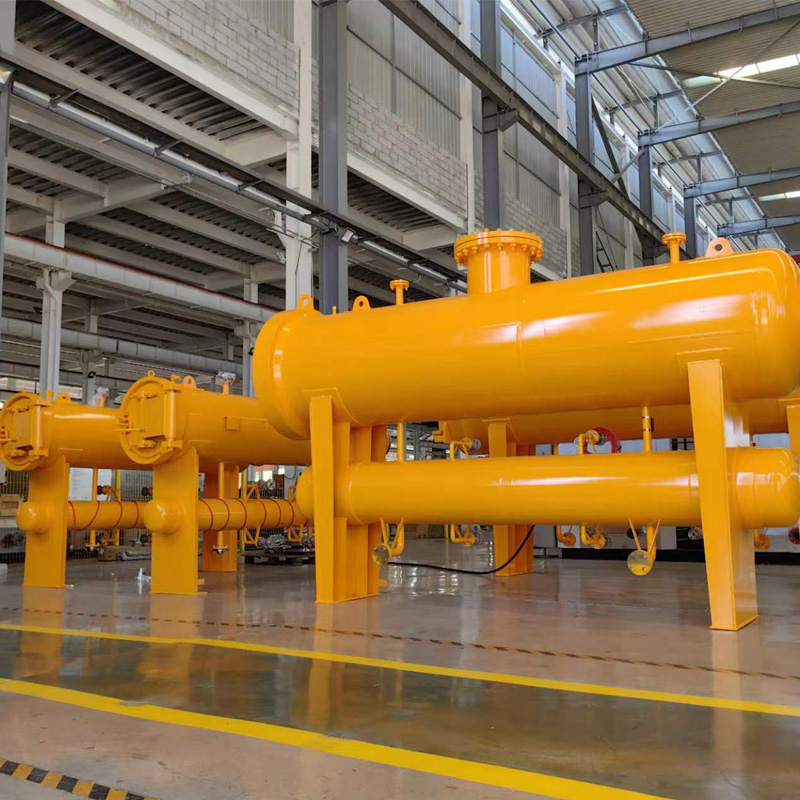
Dec . 21, 2024 21:52
Back to list
pressure regulating device
Understanding Pressure Regulating Devices Importance and Functionality
Pressure regulating devices play a crucial role in various industries and applications by ensuring that systems operate safely and efficiently. These devices are designed to control the pressure of gases or liquids within a system, maintaining it at a predetermined set point regardless of fluctuations in the supply pressure. This article explores the functionality, types, applications, and importance of pressure regulating devices.
Functionality of Pressure Regulators
At its core, a pressure regulator is a mechanical device that reduces and stabilizes the pressure of fluid (gas or liquid) entering a system. It typically consists of an inlet port for the high-pressure fluid, an outlet port for the regulated flow, and a sensing element that monitors the outlet pressure. When the outlet pressure exceeds the set point, the regulator adjusts the flow, thereby reducing the pressure to the desired level.
The primary components of a pressure regulating device include
1. Diaphragm or Piston This component reacts to changes in pressure, ensuring that the regulator responds to fluctuations in input pressure or demand. 2. Spring It provides resistance to the diaphragm or piston, thus maintaining the set pressure when the outlet flow demands change. 3. Adjustment Mechanism Many regulators include an adjustable screw or knob that allows operators to set the desired outlet pressure manually.
Types of Pressure Regulators
Pressure regulators can be classified into several types based on their application and operating principles
1. Single-Stage Regulators These are used for low-pressure applications and typically consist of a single adjustment mechanism. They are ideal for situations where the input pressure does not fluctuate significantly.
2. Two-Stage Regulators These provide greater accuracy and are suited for applications where the input pressure varies widely. Two-stage regulators use a series of adjustments to smooth out fluctuations.
pressure regulating device

3. Back Pressure Regulators These devices maintain a specific pressure upstream of the outlet, making them useful in processes that require consistent pressure even when the flow rate varies.
4. Electronic Pressure Regulators Incorporating technology, these regulators can offer precise control and real-time responses to changes in pressure, making them suitable for advanced industrial applications.
Applications of Pressure Regulating Devices
Pressure regulating devices are essential in a variety of sectors including
- Industrial Manufacturing They maintain the correct pressure for machinery operating on gas or liquids, ensuring efficient production processes. - HVAC Systems In heating, ventilation, and air conditioning systems, these devices regulate the pressure of refrigerants, contributing to energy efficiency and comfort. - Medical Equipment In the healthcare sector, regulators are crucial for managing gas pressures in anesthetic machines, ensuring patient safety. - Oil and Gas In this sector, pressure regulators are vital for controlling pipeline pressures, enhancing safety, and preventing leaks.
Importance of Pressure Regulators
The importance of pressure regulating devices cannot be overstated. They not only enhance safety by preventing overpressure conditions, which can lead to system failures or explosions, but they also contribute to energy efficiency by minimizing waste. Additionally, maintaining consistent pressure helps improve the performance and longevity of equipment, reducing maintenance costs and downtime.
Furthermore, in many industrial processes, the quality of the end product can be directly linked to the pressure within the system. Thus, employing reliable pressure regulation enhances product quality and consistency.
Conclusion
In summary, pressure regulating devices are integral to the safe and efficient operation of various systems across numerous industries. Understanding their functionality, types, and applications empowers professionals to choose appropriate devices for their specific needs, ensuring safety, efficiency, and reliability in their operations. As technology continues to evolve, we can expect improvements in pressure regulation that will further optimize performance and safety in a wide range of applications.
Latest news
-
Safety Valve Spring-Loaded Design Overpressure ProtectionNewsJul.25,2025
-
Precision Voltage Regulator AC5 Accuracy Grade PerformanceNewsJul.25,2025
-
Natural Gas Pressure Regulating Skid Industrial Pipeline ApplicationsNewsJul.25,2025
-
Natural Gas Filter Stainless Steel Mesh Element DesignNewsJul.25,2025
-
Gas Pressure Regulator Valve Direct-Acting Spring-Loaded DesignNewsJul.25,2025
-
Decompression Equipment Multi-Stage Heat Exchange System DesignNewsJul.25,2025

